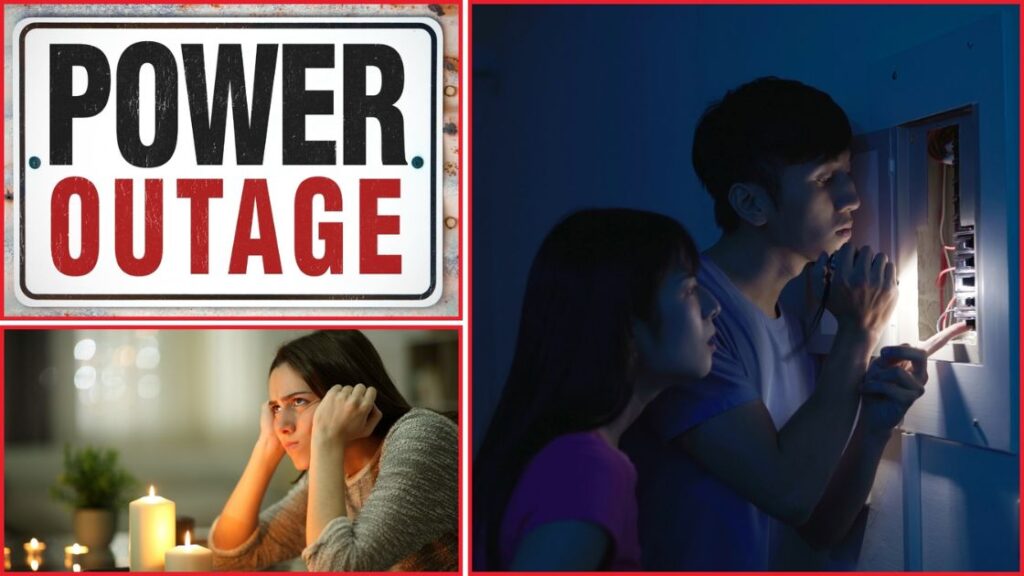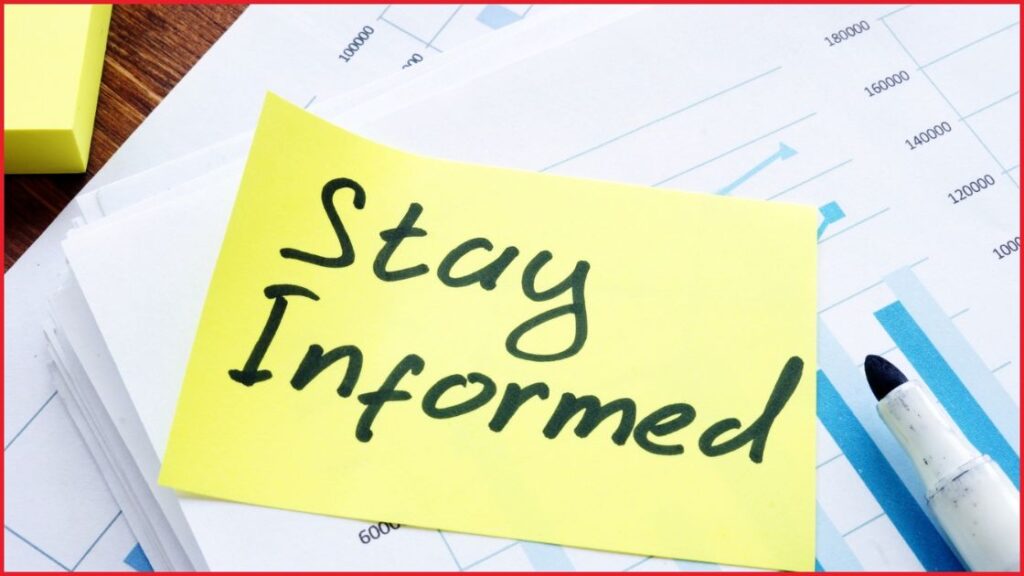Creating a Family Emergency Plan for Summer Safety

Summer is a time for fun, relaxation, and outdoor activities. However, it also brings the potential for emergencies, from natural disasters like hurricanes and wildfires to everyday accidents. Being prepared for these situations can make all the difference. Creating a family emergency plan for summer safety ensures that everyone in your household knows what to do during a crisis, helping to keep your loved ones safe and calm. This guide will walk you through the essential steps to develop a comprehensive family emergency plan tailored to summer safety, complete with key statistics and cited sources.
Understanding the Importance of a Family Emergency Plan
A family emergency plan for summer safety is crucial for ensuring everyone knows what to do during unexpected situations. Research shows that families with a plan are significantly more prepared and less likely to panic during emergencies. According to (Federal Emergency Management Agency) FEMA, only 39% of American families have an emergency plan, yet families with a plan are 10 times more likely to reunite quickly after a disaster.
Basic Components of a Family Emergency Plan
A comprehensive emergency plan for summer safety should include essential details such as emergency contacts, meeting places, and evacuation routes. These elements are fundamental in ensuring that everyone knows where to go and who to contact in case of an emergency. Having these details sorted out in advance can prevent confusion and help keep everyone safe.
Establishing Emergency Contacts

Establishing a list of emergency contacts is a vital part of your family emergency plan for summer safety. This list should include both local contacts, such as family members, friends, and neighbors, and out-of-town contacts who can be reached if local communication lines are down. Keeping this list accessible ensures that you can quickly get in touch with someone who can help during an emergency.
Choosing a Safe Meeting Place

Choosing a safe meeting place is essential in case family members are separated during an emergency. This place should be easily accessible and known to all family members. It could be a nearby park, a school, or a landmark that is safe and familiar. Having a designated meeting place helps ensure that everyone can find each other quickly and safely, which is particularly important for summer safety.
Planning for Different Types of Emergencies

Different emergencies require different responses, so it’s important to plan for various scenarios. Whether it’s a natural disaster like a hurricane, an earthquake, or a power outage, having specific actions for each type of emergency ensures that your family is prepared. Tailoring your plan to address different situations can save time and lives, enhancing summer safety.
Creating an Evacuation Plan

Creating an evacuation plan involves mapping out clear evacuation routes from your home and neighborhood. It’s important to practice these routes regularly to ensure everyone knows where to go and how to get there quickly and safely. Multiple exits and alternative routes should be considered to accommodate various emergency scenarios, which is crucial for summer safety.
Emergency Supplies Kit

An emergency supplies kit is a critical component of your family emergency plan for summer safety. This kit should include essential items such as water, non-perishable food, first aid supplies, and any necessary medications. The kit should be easily accessible and regularly checked to ensure that all items are in good condition and up to date, ensuring summer safety.
Ensuring Effective Communication

Effective communication is key during an emergency. Make sure you have reliable tools for communication, such as mobile phones and chargers, two-way radios, and emergency alert apps. These tools help you stay informed and connected with family members and emergency services, ensuring that you can get help when needed.
Including Pets in Your Emergency Plan

Pets are part of the family, so it’s important to include them in your emergency plan for summer safety. Plan for their care during emergencies by ensuring you have food, water, and identification for them. Keep pet carriers and leashes handy, and have a list of pet-friendly shelters or hotels in case you need to evacuate.
Practicing Your Emergency Plan

Regularly practicing your emergency plan is essential to ensure that everyone knows their role and what to do. Conduct drills at least twice a year to keep the plan fresh in everyone’s mind. Practicing helps identify any weaknesses in the plan and allows for adjustments to be made as needed.
Involving Children in the Plan

Involving children in the emergency plan helps them understand what to do without causing fear. Use age-appropriate language and activities, such as role-playing and drills, to teach them the basics of emergency preparedness. Ensuring that children know their part in the plan can reduce their anxiety during an actual emergency, enhancing summer safety.
Dealing with Medical Emergencies

Knowing how to handle medical emergencies is a crucial part of your family emergency plan for summer safety. Learn basic first aid and CPR, and have a plan for accessing medical help quickly. Keep a list of emergency numbers and nearby hospitals, and ensure that your first aid kit is well-stocked and accessible.
Planning for Power Outages

Power outages can occur during various emergencies, so it’s important to have a backup power source. Consider options like generators, solar chargers, and battery-powered flashlights. Knowing how to stay safe without electricity, such as keeping food safe and staying warm, is crucial during prolonged outages and enhances summer safety.
Preparing for Natural Disasters

Natural disasters require specific preparations to ensure safety. For instance, earthquake-proofing your home, installing hurricane shutters, and having a plan for floods are important steps. Tailoring your emergency plan to address the types of natural disasters common in your area.
Fire Safety and Prevention

Fire safety and prevention are critical components of your family emergency plan for summer safety. Install fire extinguishers in key areas of your home and ensure that everyone knows how to use them. Regularly practice fire drills to ensure that everyone can evacuate quickly and safely in case of a fire.
Importance of Insurance

Having the right insurance policies can provide financial protection during emergencies. Review your home, health, and vehicle insurance policies to ensure they cover potential emergencies. Understanding your coverage can help you recover more quickly after a disaster, ensuring summer safety.
Staying Informed

Staying informed about potential emergencies is crucial for preparedness. Use tools like weather apps, news alerts, and emergency broadcasts to keep up with local news and weather reports. Being informed allows you to take timely action and stay ahead of potential dangers, enhancing summer safety.
Helping Neighbors and Community

Working together with your neighbors and community can enhance overall emergency preparedness. Participate in community drills and information sessions, and share resources and information. Helping each other during emergencies can strengthen community bonds and improve safety for everyone.
Reviewing and Updating Your Plan

Regularly reviewing and updating your emergency plan ensures that it remains effective. Update your plan at least annually to reflect any changes in your family’s needs or circumstances. Continuous improvement of your plan keeps it relevant and useful in any emergency, enhancing summer safety.
Summer Safety Tips (Summarized)
- Establish Emergency Contacts: Include local and out-of-town contacts to ensure communication lines remain open.
- Choose a Safe Meeting Place: Select an easily accessible location where family members can reunite if separated.
- Prepare an Emergency Kit: Stock up on essentials like water, non-perishable food, first aid supplies, and medications.
- Practice the Plan: Conduct regular drills to ensure everyone knows their role and actions during an emergency.
- Include Pets: Ensure you have food, water, and identification for pets, and know pet-friendly shelters or hotels.
Emergency Supplies Kit Essentials
| ITEM | QUANTITY | NOTES |
| Water | 1 gallon per person/day | Minimum 3-day supply |
| Non-perishable food | 3-day supply | Include snacks for children |
| First aid supplies | 1 kit | Include personal medications |
| Mobile phone charger | 1 phone | Consider solar charges |
| Flashlight | 1 per household | Include extra Batteries |
FAQs
Q: What are some common mistakes to avoid in emergency planning for summer safety?
A: 1) Lack of training on how to respond.
2) Failure to update your Emergency Response Plan.
3) Using excuses to avoid planning.
Q: What should be in an emergency kit for summer safety?
A: An emergency kit for summer safety should include several essential items to ensure you are prepared for any situation. Always have water in your vehicle to stay hydrated in case of delays or breakdowns. For sun protection, use sunscreen with a high SPF of at least 50. Your first-aid kit should be well-stocked; there are many options available, so choose one that suits your needs. Expand your first-aid kit with a few over-the-counter medications, such as ibuprofen or acetaminophen, for pain relief, and include an allergy medicine like Benadryl to handle allergic reactions.
Q: Why Should children be involved in emergency planning for summer safety?
A: Children should be involved in emergency planning for summer safety to ensure they understand what to do during an emergency. Involving them in the planning process helps reduce fear and anxiety by making them feel prepared and confident.
Q: What to do during a power outage for summer safety?
A: During a power outage, summer safety involves several key actions. Keep cool by staying in the coolest part of your home and wearing lightweight clothing. Stay hydrated by drinking plenty of water to prevent dehydration. Store food safely by keeping refrigerator and freezer doors closed to preserve the cold air. If you have a backup power source like a generator, use it to power essential appliances, but ensure it’s used safely. Following these steps can help you stay safe and comfortable during a summer power outage.
Q: What if we have pets for summer safety?
A: For summer safety, it’s crucial to take specific precautions for pets. Never leave your pet in a hot car, as temperatures can quickly become dangerous. Protect your pet’s paws from hot surfaces by walking them on grass. Don’t shave your pet; their fur helps regulate body temperature and protect them from sunburn. Be water-wise by ensuring your pet stays hydrated and never leaving them unattended around pools or bodies of water. Taking these steps helps ensure your pets remain safe and healthy during the summer.
Creating a family emergency plan is a crucial step in ensuring the safety and well-being of your loved ones during summer and beyond. By preparing in advance, you can enjoy the season with peace of mind, knowing that you are ready for any emergency that may arise. Regularly review and practice your plan, involve all family members, and stay informed to keep everyone safe and secure.